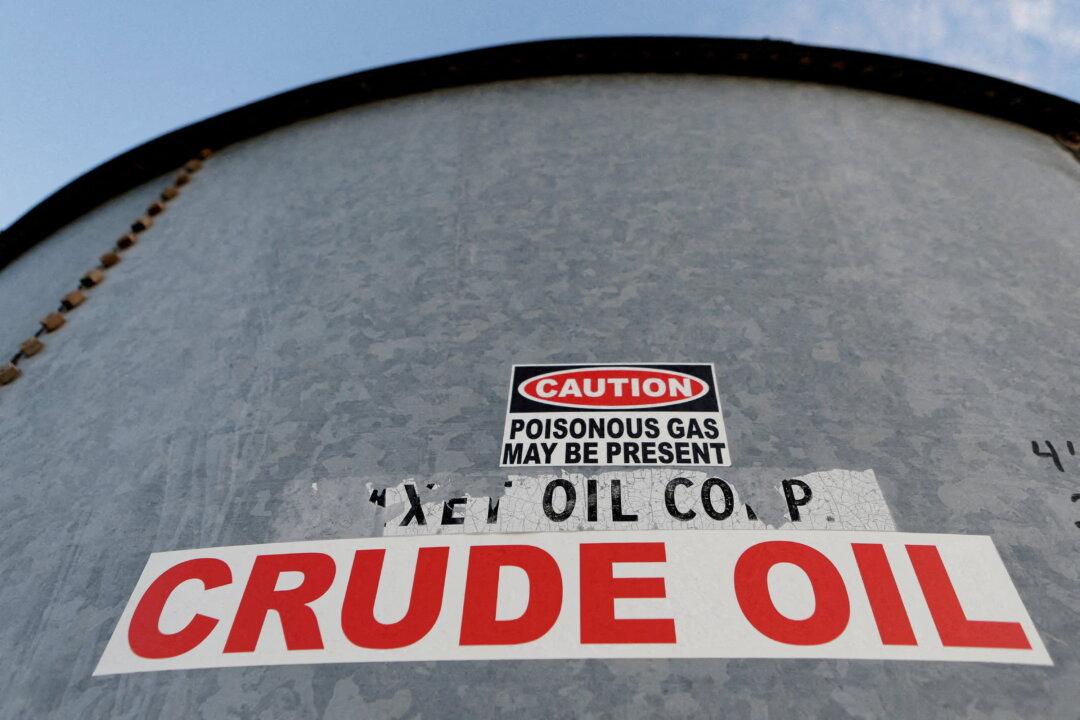Oil prices firmed above $80 to start the holiday-shortened trading week, fueled by geopolitical tensions and tighter global supplies. Crude has joined the broader commodities rally and could add to renewed inflationary pressures throughout the U.S. and global economies.
May West Texas Intermediate (WTI) crude futures picked up about 1.6 percent to finish the Monday session on the New York Mercantile Exchange, settling at $81.95 per barrel. Year to date, U.S. crude prices have rallied about 15 percent.





